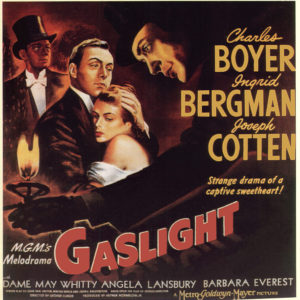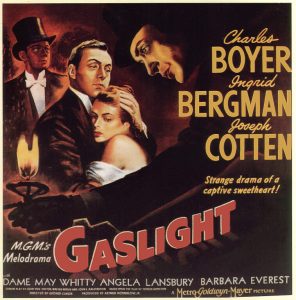Backburner relationships
With technology being a facet of our global culture, and the majority of the US population having a social media account, it’s easier than ever to maintain relationships online.
It could be the Aunt who lives across the country who posts little birthday messages to your Facebook page. It could be the former coworker you occasionally chat with via text. Or it could be a backburner relationship.
Backburner relationships can start off as simply as finding an old flame online and catching up. But what might begin as casually reminiscing can quickly change course, in terms of intent. If you valued them as a friend, wouldn’t you have already maintained contact? Or is the purpose a potential re-ignition?

Backburner relationships can also start with complete strangers. Someone ‘likes’ your new profile picture. You like theirs back. And suddenly, a private online conversation is in full swing. With your dialog, the two of you learn that you have a lot in common and obviously find each other attractive. But why feel out the potential connection with someone else if you’re in a relationship?
Whether intentionally or subconsciously, many are seeking outside connections as a form of relationship insurance. Backburners.
As humans, there is evidence showing it is natural for us to be ‘aware’ of our relationship options. It’s what we do with that information that counts.
The glaring problem with setting up a back up relationship is that it is creating an emotional relationship with someone new. Emotional infidelity is just as damaging as physically cheating. It’s building a wedge between you and your partner for a “maybe”. It’s setting your chosen relationship up for failure.










